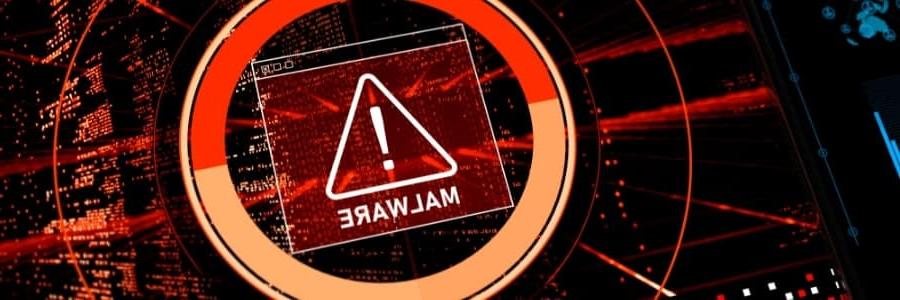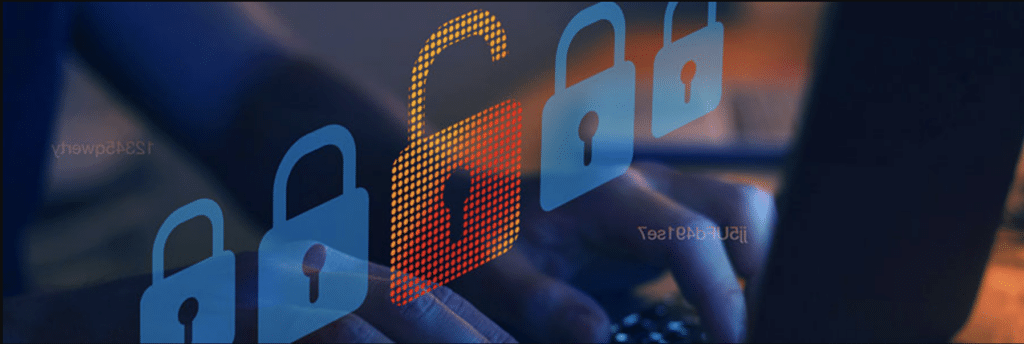Security breaches often stem from a handful of common threats, both internal and external. Identify the five most IT security risks and learn how to address them effectively to keep your systems safe.
Accidental malware installation
Malware, also known as malicious software, is software created that causes damage to computers, servers, or networks.










